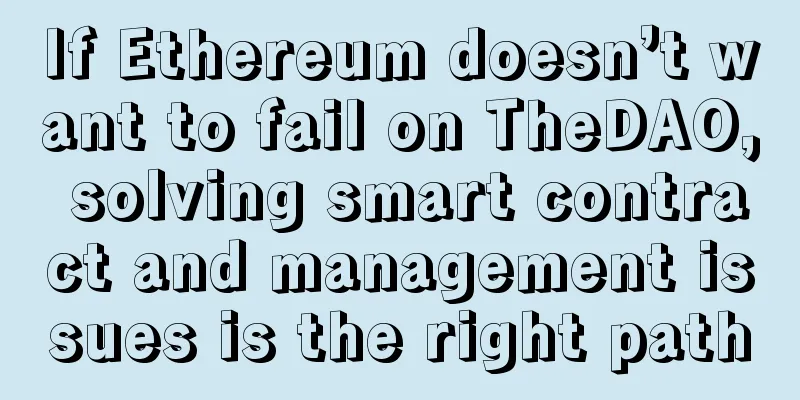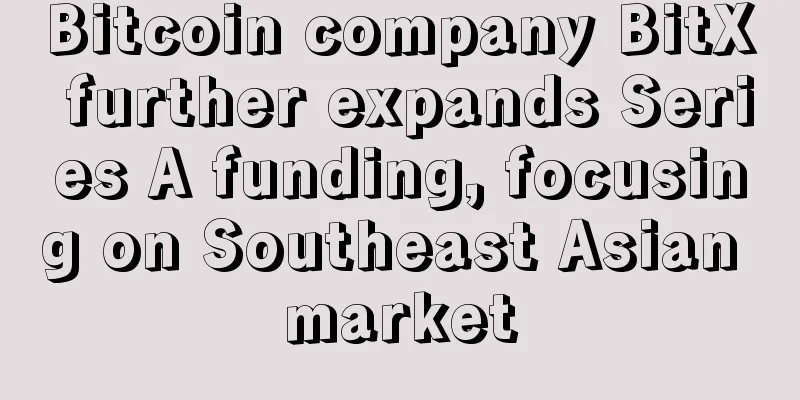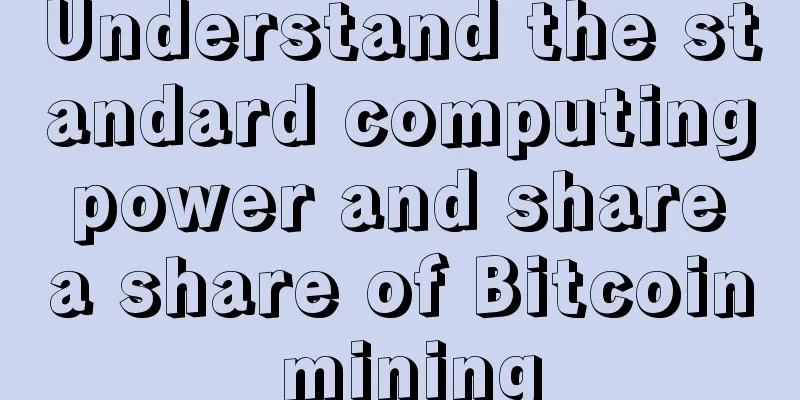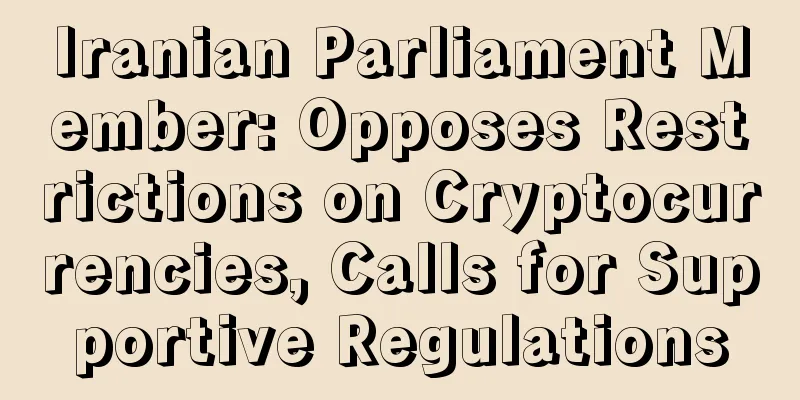Community vs. Ecosystem: Big vs. Small, Can the Ecosystem Replace the Community as the Decision-maker of the Blockchain?
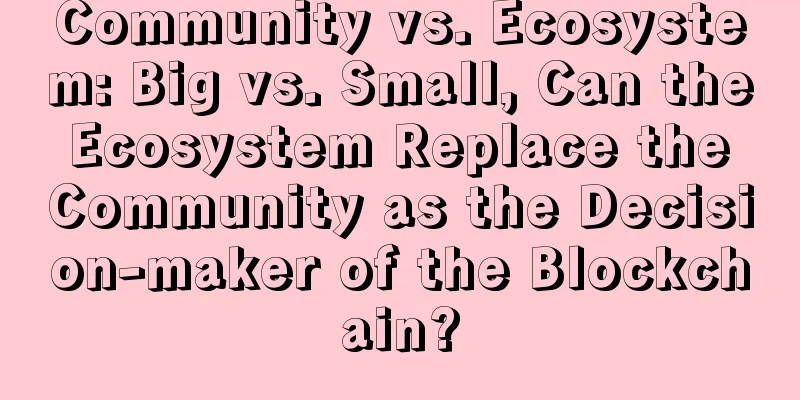
|
William Mougayar is the author of 'The Business Blockchain' and serves on the board of advisors to the Ethereum Foundation. In this article, Mougayar offers his thoughts on the recent Ethereum hard fork and what he thinks it illustrates about the current problems with public blockchain governance. We hear the word “community” all the time, and it refers to the group of players who are supposed to be the stakeholders who care most about the blockchain. The term has become at the forefront of recent events such as Bitcoin’s ‘block size’ debate and the Ethereum hard fork, coloring how these events are conveyed to the general public. But what does “community” mean in this context? Definition of CommunityAccording to blockchain theory, the community is supposed to decide the future of a given public blockchain through decentralized governance and the power of consensus. Consensus decision making is at the heart of public blockchains, as a common majority can swing decisions from one side to another. It’s like an election, more or less. The baseline of a blockchain is its economic soundness, and in reality some participants have better control over economic soundness than others (economic soundness is also directly related to blockchain security). With these decisions about the future of public blockchains, the community is an important group because it represents the governance today. So I went on a research trip to find out what a typical blockchain community is made of. I discovered that this decision-making community is just a subset of a much larger ecosystem. The community represents the grassroots participants who play an early economic role in the ecosystem. Most of them are industry insiders, and they have the advantage of knowing more "inside" than others. They carry a lot of weight, and their combined actions (or inactions) can effectively determine the trajectory of a blockchain. There is something of a counter-trend in the cryptocurrency community. In the traditional sense, most companies will first acquire users or customers, either as end users or developers. Then, the user groups and diversity form the community. In the cryptocurrency space, the order seems to be reversed. We started by forming a core community of supporters first, and then gained a large number of end users. This is fine, perhaps it is a property of basic technologies that they need to gain a strong foundation before they can flourish. Generally speaking, the grassroots participants in a cryptocurrency community are largely developers, exchanges, and miners. The larger ecosystem involves several other players. In addition to the basic players mentioned above, there are also groups such as venture investors and mainstream users. Here is a breakdown of each group: Let’s take the recent Ethereum hard fork and the Bitcoin blocksize debate embodied by the Scaling Bitcoin conference series as an example. In both cases, the community is largely made up of representative grassroots participants. But these grassroots participants are only a relatively small part. In the case of Bitcoin, the much-publicized Scaling Bitcoin process will likely see fewer than 100 participants. In the case of Ethereum, only 1,325 addresses in total voted, a number that is small compared to the total number of ETH holders (considering the available supply of ETH is 82 million). Ecosystem approachI hope we can eventually move to the term employee ecosystem replacing community as it is more representative in market decision making. And I hope that part of this larger ecosystem will also play a role in the future of public blockchains. For now, the larger ecosystem is largely a powerless silent majority, watching events unfold while still hoping that a more powerful minority can lead the market in the right direction. Ultimately, all large public blockchains will need to reach a more balanced state where community leadership and ecosystem inclusiveness work together to strengthen their longevity and sustainability potential. Today’s grassroots participants are the communities, and they are now in charge. But will they still be in the future? |
<<: The century-old question: Should the Ethereum Foundation sell its ETC?
Recommend
Everyone "gathers" to Wang Junkai
Today's idols are so outstanding and still wo...
Coinbase's US government liaison joins bank
约翰·柯林斯, head of policy and government affairs at b...
What does it mean for a man with thin lips?
The mouth is one of the five facial features and ...
The most blessed body type
The most blessed body type The body shape mention...
What is the fate of a man with horizontal lines on the bridge of his nose? Is it good for a man to have horizontal lines on the bridge of his nose?
Men with horizontal lines on the root of the nose...
Particularly attractive to the opposite sex
Particularly attractive to the opposite sex Peach...
El Salvador Bitcoin Bonds to be Launched Soon: Market Sentiment ‘Mixed’
In El Salvador, an upcoming bitcoin bond offering...
Media: Suspected Nanning OTC trader arrested for using USDT to launder money for telecom fraud
Recently, an OTC trader in Nanning was suspected ...
What is the fate of women with moles on their hairline? OK?
Everyone has a hairline, but not everyone has mol...
Under heavy regulatory pressure, asset management giant BlackRock submits application for spot Bitcoin ETF
According to a public document, on the afternoon ...
The past and present of Bitmain: Is 26-year-old Ge Yuesheng the early founder of Bitmain?
Abstract: Bitmain's domestic subsidiary Beiji...
What are the palm lines that indicate a man is rich? These are the most common
In the palmistry illustrations, there are many pal...
Reviewing Filecoin after the noise: Price and ecological trends after the disappearance of FIL6
Author | Taihe Capital Editor | Colin Wu (This ar...
Are all smart people bald?
Black hair is considered a symbol of health and c...
Palmistry tells you your wealth in life
Everyone hopes that they can escape poverty and l...
